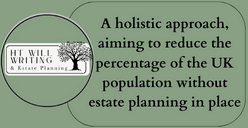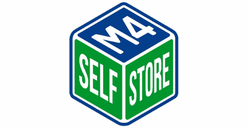Should you reduce your payment on account?
If you are in self-assessment, with a July payment on account looming – the deadline is July 31 – now is the time to consider whether you should reduce this.
So, what is the payment on account? The majority of those in self-assessment have to make two payments on account every year, due by January 31 and July 31. Each payment is the equivalent of half the previous year’s tax bill.
You might want to reduce this if your earnings have gone down (as might be the case, in the current economic climate) and you find the amount of tax you owe is lower than in the previous year, i.e. the year on which your tax liability prediction is based.
By completing your 2022/23 tax return now, well ahead of the July 31 deadline, you can find out exactly how much tax is actually due. If it reveals that your payment on account would be too much, then you can apply for this to be reduced.
If you know your tax bill is going to be lower than last year, you can ask HMRC to reduce your payment on account. You can do this online by:
- Signing into your online account
- Selecting the option to view your latest self-assessment return
- Selecting ‘Reduce payments on account’.
You can also apply by post - send form SA303 to your tax office.
If you do find you have overpaid, you can get a refund from HMRC. Be aware, if you underpay you will be liable for interest. Also, remember, payments on account do not include anything you owe for capital gains or student loans (if you’re self-employed) - you’ll pay those in your ‘balancing payment’.
If you would like help or advice with any tax matters, or with your self-assessment, do get in touch with the tax team at Optimum Professional Services. Email Michael Blaken, [email protected].
For more information, click here.






















